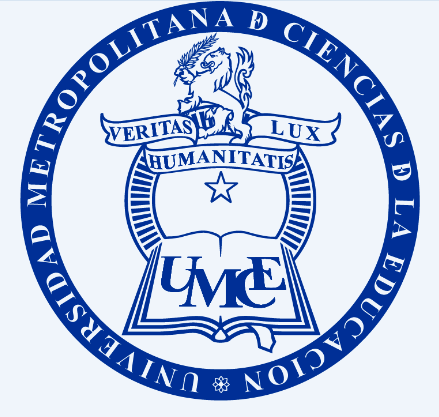Main Article Content
Oct 12, 2017
Abstract
Neuroscience has provided significant contributions on the brain in the last twenty years. Studies in this field have disconfirmed certain statements made in relation to the field of learning. These statements, called neuromyths, have been questioned from the latest research on the neural functioning. An examination of a neuromyth connected to the so-called learning styles is essential, including the so called VAK (visual, auditory, kinesthetic) learning styles. Technology has enabled us to study the brain functions live. This has shown that the processing of information is not linear, as would indicate learning styles; this process affects various nerve centers without absolute predominance of some over others. Moreover, scientific researchers have coined a new concept, neurodiversity, (Harvey Blume 1998), which realizes that each one of us carries a single brain configuration. These investigations have caused a significant impact on learning, inviting us to build bridges between the two disciplines and to rearrange our related knowledge and learn how to establish an efficient and effective student / teacher interaction in education.
Downloads
Policies for open access journals
Authors who publish here accept the following terms: Authors will keep their copyright and will guarantee the journal the right to the first publication of their work, which will be subject to the Licence of Creative Commons acknowledgement, which allows for the use of this material only if the authorship is credited and the original source is acknowledged (the journal’s URL), and if it is not used with commercial ends and with any derivations of the original work.
Authors may adopt other non-exclusive license agreements of distribution of the published version (e.g. to save it onto a digital institutional archive or publish it in a monographic volume) only if the initial publication of this journal is indicated.
It is permitted and recommended for authors to divulge their work on the Internet (e.g. institutional digital archives or webpage) before and during the submission process, which may lead to interesting exchanges and increase the citations of the publication. (See Open Access Effect).






